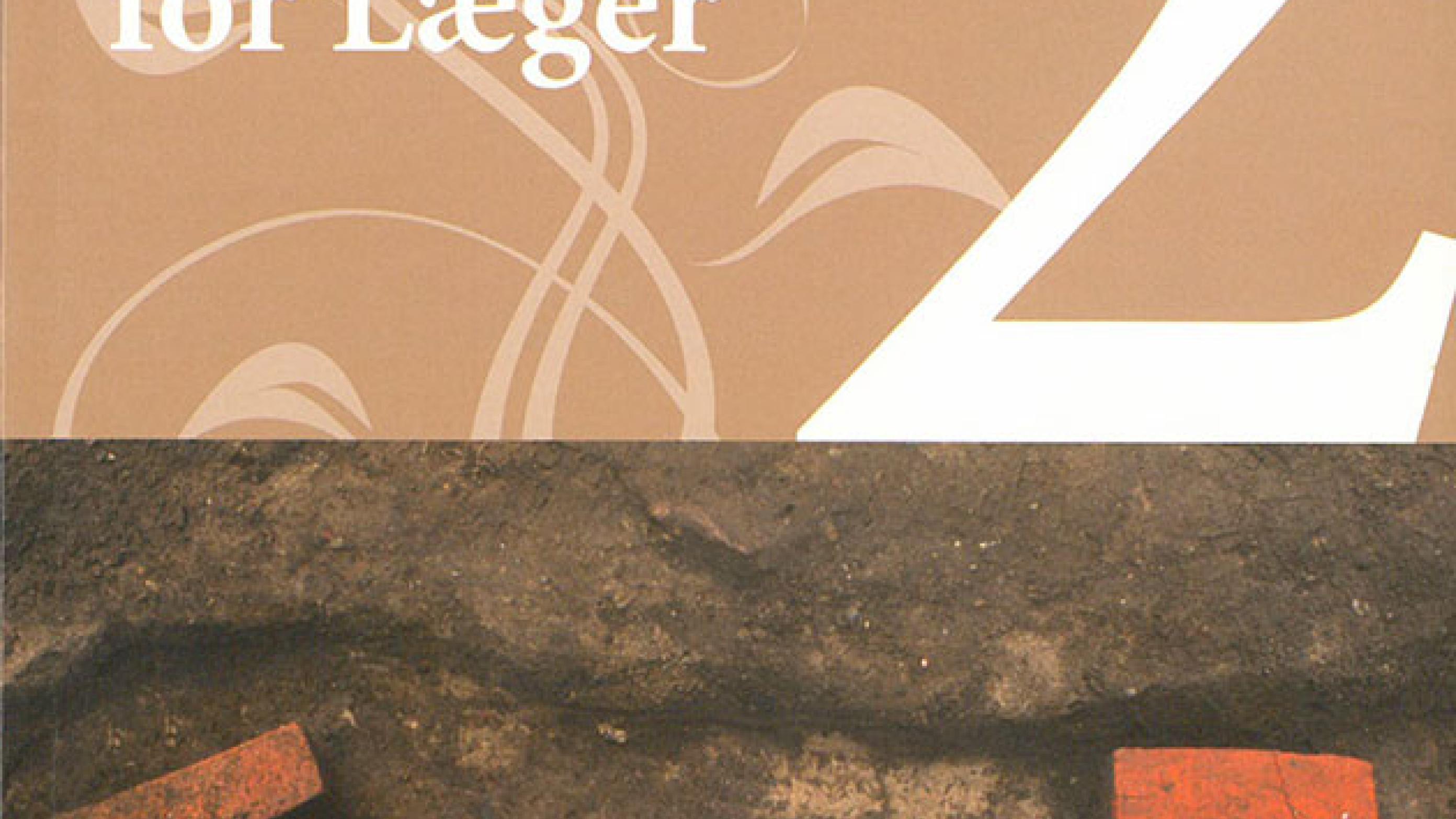Abstracts fra Bibliotek for Læger 2/2016


Nyoversættelse: Sådan dør de fattige
George Orwell
Originalartikel: George Orwell og fattigdommens spøgelse
Jens Lohfert Jørgensen
George Orwell and the ghost of poverty
Bibl Læger 2016;208:136-45
This article presents the British author George Orwell’s (1903-1950) essay “How the Poor Die” (published in 1946) that deals with Orwell’s two-week stay in L’Hôpital Cochin in Paris in March 1929. Firstly, the essay is situated in the contexts of Orwell’s works and his personal medical history. A short analysis of the essay focuses on his method of “native reporting” and on his depiction of the strangely familiar mood of the hospital that reminds him of the “reeking, pain-filled atmosphere of the nineteenth century”. This is followed by a discussion of Orwell’s description of the poor persons’ death in the essay in relation to the Italian philosopher Giorgio Agamben’s notion of “homo sacer”: a creature existing on the borderline between man and animal in a state of emergency sanctioned by a sovereign state power. Finally, attention is paid to the many intertextual references in “How the Poor Die”, especially the British poet Alfred Tennyson’s (1809-1892) poem “In the Children’s Hospital” from 1880.
Originalartikel: George Orwell og ulighed i sundhed
Gorm Boje Jensen
George Orwell and the inequality of health
Bibl Læger 2016;208:146-53.
The article introduces the essay “How the Poor Die”, written by the British author George Orwell (1903-1950) in 1929. Based on a hospitalization in a Parisian hospital, Orwell depicts the dehumanization and maltreatment of poor patients, and this article discusses to which extent conditions have changed for the better in the modern-day Danish health system.
Interview: Midt i en diagnosetid - Fem spørgsmål til Sundhedsstyrelsens nye direktør, Søren Brostrøm
Redaktionen & Søren Brostrøm
Originalartikel: Sygdom, død og begravelse på Albani Kirkegård - Observationer fra en igangværende arkæologisk udgravning
Kirsti Pedersen & Mikael Manøe Bjerregaard
Diseases, death and burial at St. Alban’s cemetery. Observations from an ongoing archaeological excavation
Bibl Læger 2016;208:158-77.
This article presents some preliminary observations of burial practice, pathologies and life conditions made possible from an excavation at a medieval cemetery in Odense in 2015-16. The graves date back to the period between the 13th and the 15th century and give examples of burials with or without wooden coffins in addition to a simple space around the deceased being marked with bricks or stones. Some graves contain two or more individuals. The skeletons revealed trauma and pathologies that are often seen in medieval populations. There are examples of fractures having healed as a result of medical treatment. Three sesamoid bones, a calcified cyst from parasites and a calcified thyroid cartilage have also been found. The dental health of this population is nicely summed up with an example of a lower jaw showing antemortem tooth loss, periodontists, dental calculus and a high degree of dental attrition. There are also examples of degenerative changes of the vertebrate column, metabolic dysfunctions and examples of non-specific infections. Moreover, the possibilities of different isotope- and DNA-analysis are discussed.
Debat: Barnet først - Rituel omskæring af drenge bør ikke være lovlig
Morten Staberg
Debat: Omskæring af drenge og det liberale demokrati - Rituel omskæring af drenge bør være lovlig
Klemens Kappel
Kommentarer:
Klemens Kappel & Morten Staberg
Læs debatten og kommentarer fra Staberg og Kappel samlet her
Et billede fra min hverdag
Bente Klarlund Pedersen
Interview: Lystens pioner - En samtale med bogaktuelle Lone Frank
Christian Graugaard & Lone Frank